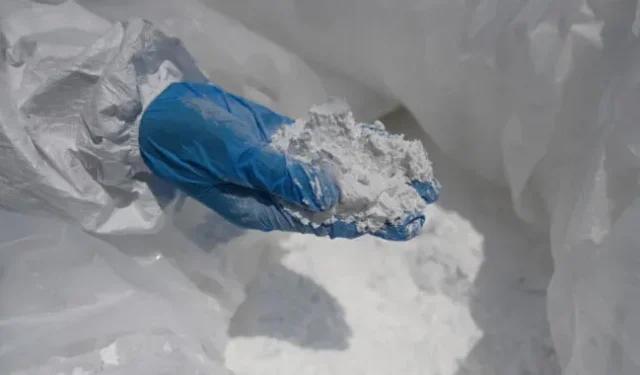The world can’t wean itself off Chinese lithium

The industrial port of Kwinana on the West Coast of Australia is a microcosm of the global energy industry. Since 1955, one of the largest oil refineries in the region has been located here, owned by British Petroleum when it was still an Anglo-Persian Oil Company. It once provided 70 percent of Western Australia’s fuel supply, and the metal hulks of old tanks still rise above the coastline, slowly turning to rust in the salty air.
The refinery closed in March 2021, but it’s not just oil under the region’s red soil: Australia also holds nearly half of the world’s lithium supply. Trucks and vehicles are up and running again, but now they are in the race to provide the clean energy of the future, a race dominated by China.

BloombergNEF estimates that China’s share of the lithium-ion battery market could be as high as 80 percent. Six of the top 10 EV battery manufacturers are based in China – one of them, CATL, produces three out of every 10 EV batteries in the world. This dominance spreads through the supply chain. Chinese companies have signed preferential agreements with lithium-rich countries and have benefited from huge public investment in the complex stages between mining and production. This has made the rest of the world nervous, and now the United States and Europe are trying their best to phase out Chinese lithium before it’s too late.
An electric car battery contains between 30 and 60 kg of lithium. It is estimated that by 2034 the US alone will need 500,000 metric tons of crude lithium per year to produce electric vehicles. That’s more than global shipments in 2020. Some experts fear a repeat of the oil crisis triggered by Russia’s invasion of Ukraine, when geopolitical tensions escalate into a sanctions war. Such a scenario could see China stop supplying batteries as Western automakers need them to transition to electric vehicles.
“If China decides to stick with the domestic market, lithium-ion batteries will be more expensive outside of China,” says Andrew Barron, professor of low-carbon energy and the environment at Swansea University. That makes Western efforts to expand battery production “more urgent than ever,”he says.
These efforts are taking shape, albeit slowly. If all goes according to plan, there will be 13 new gigafactories in the US by 2025 and 35 more in Europe by 2035. (That’s a big “if,”as many projects have run into logistical problems, protests, and NIMBY-ism, most notably Tesla’s controversial gigafactory near Berlin.)
But these gigafactories will need lithium—and lots of it. In March, US President Joe Biden announced plans to use the Defense Production Act to fund domestic national security mining of lithium and other critical battery materials. Across the Atlantic, the European Union is pushing legislation to try to create a green battery supply chain in Europe with a focus on lithium recycling.
Leave a Reply